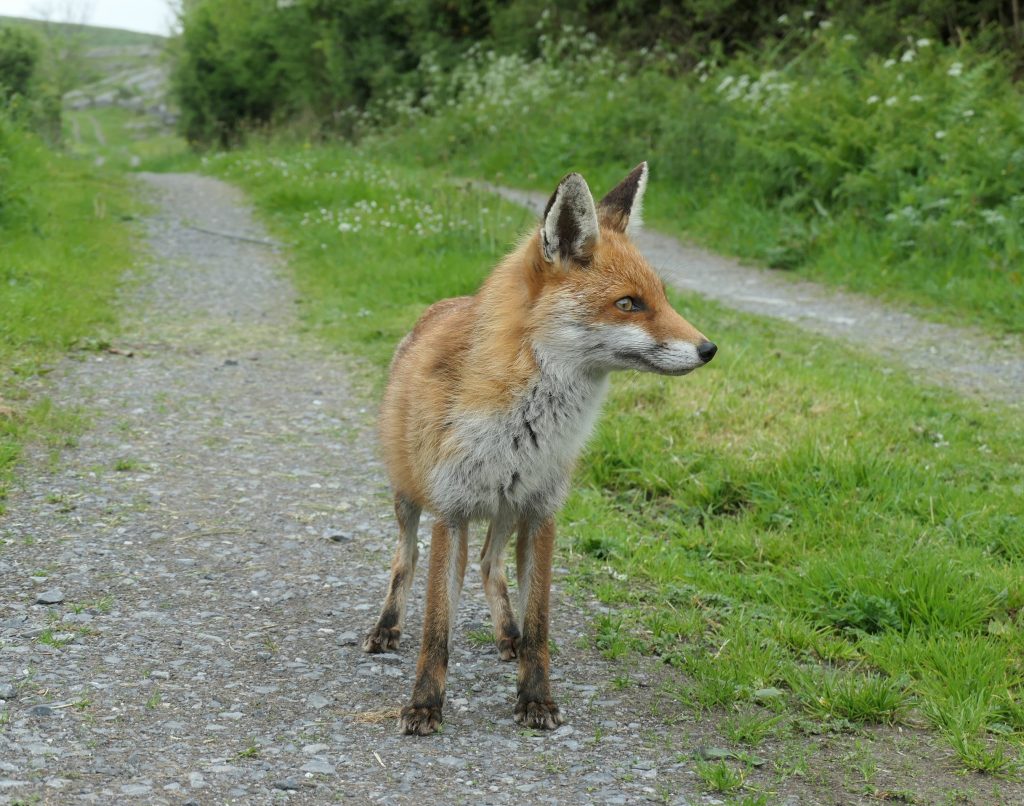When selecting sites for spring butterfly walks in the Burren one is not necessarily spoiled for choice, despite the presence of the highest quality habitats across the region. Large areas of the Burren are designated as Special Areas of Conservation, especially for orchid-rich grassland (known as Semi-natural dry grasslands and scrubland facies on calcareous substrates (Festuco-Brometalia) (important orchid sites) [6210]). This habitat is excellent for butterflies when well-managed, sheltered and south-facing. However, much of the area is exposed to the wind and contains insufficient scrub to provide the habitat conditions needed by spring butterflies and moths.
During the summer the more exposed grasslands are rich in grassland butterfly species, but spring butterflies need shelter. The east Burren is better for spring butterflies than the west, where there is less shelter. The sites we visited as part of the Burrenbeo/Butterfly Conservation Ireland Burren in Bloom Festival events, Fahee North near Carran Turlough and Clooncoose Valley west of the Burren National Park tick the required boxes.
Saturday promised us sunshine and light breezes. It gave us a grey sky and a light but chilling wind. This failed to cast a pall over our outing, well supported by enthusiastic lovers of the Burren. Moths trapped the night before were shown. The selection of spring moths was appreciated, especially the impressive Poplar Hawkmoth that loyally perched on one of the ladies where he remained for the entire walk.
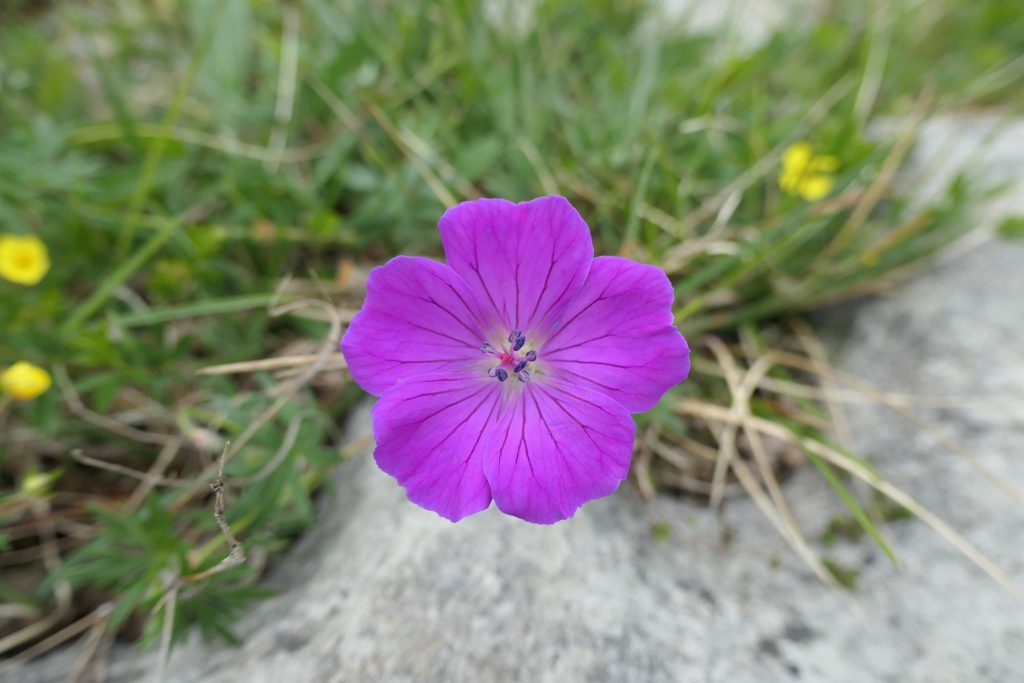
We walked through the open scrub on limestone immediately south of the holy well, searching carefully for signs of Lepidoptera life. The ecological needs of the Pearl-bordered Fritillary were described; its larva needs direct sunlight and shading scrub, abundant lush violets growing in dry conditions that contain fresh tender growth, dry leaf litter among the violets and nectar sources for the adult butterfly. This is a high-maintenance butterfly. Only the Burren meets its needs.
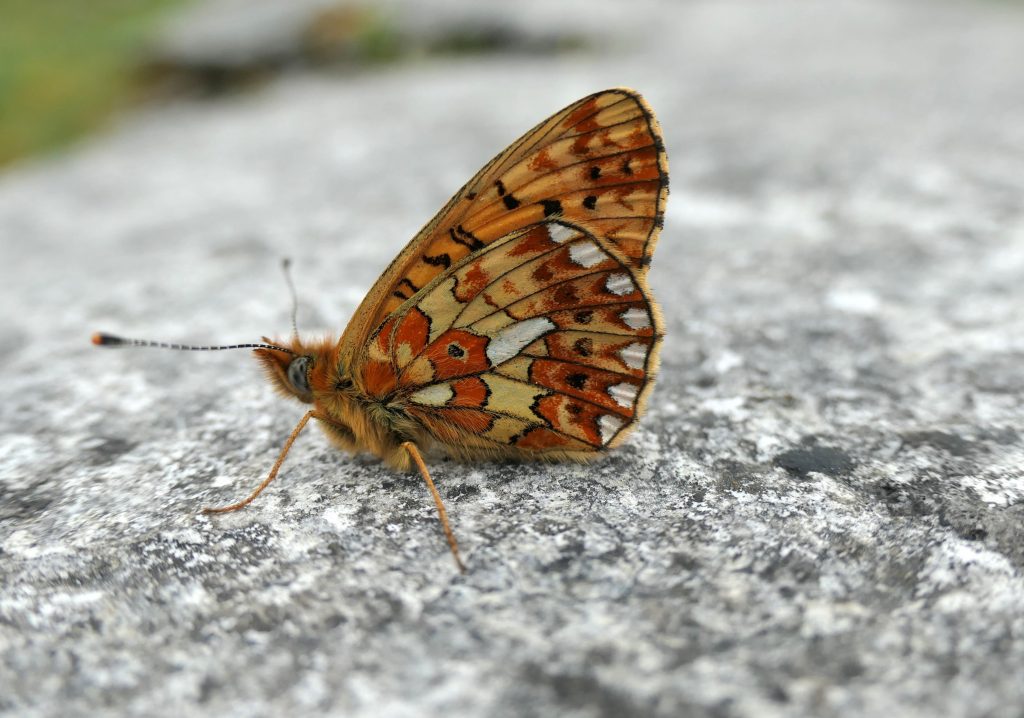
We enjoyed the Burren plants which included super fragrant Burnet Rose, deep yellow Common Bird’s-foot-trefoil and aptly named Early Purple Orchids. Toward the end of the walk, we managed to spot a couple of Dingy Skippers (the Burren holds a pale, limestone-adapted subspecies of this butterfly) and Burnet Companion moths and finally, a lovely male Pearl-bordered Fritillary, netted and placed in a jar for all to admire his underside pearls and lovely deep orange uppersides decorated with a range of black markings. Just as we exited the site a Wood White was spotted, a lovely female showing her greenish hindwing underside, a feature of Irish Wood Whites; in Britain and Europe, the green is replaced with grey.
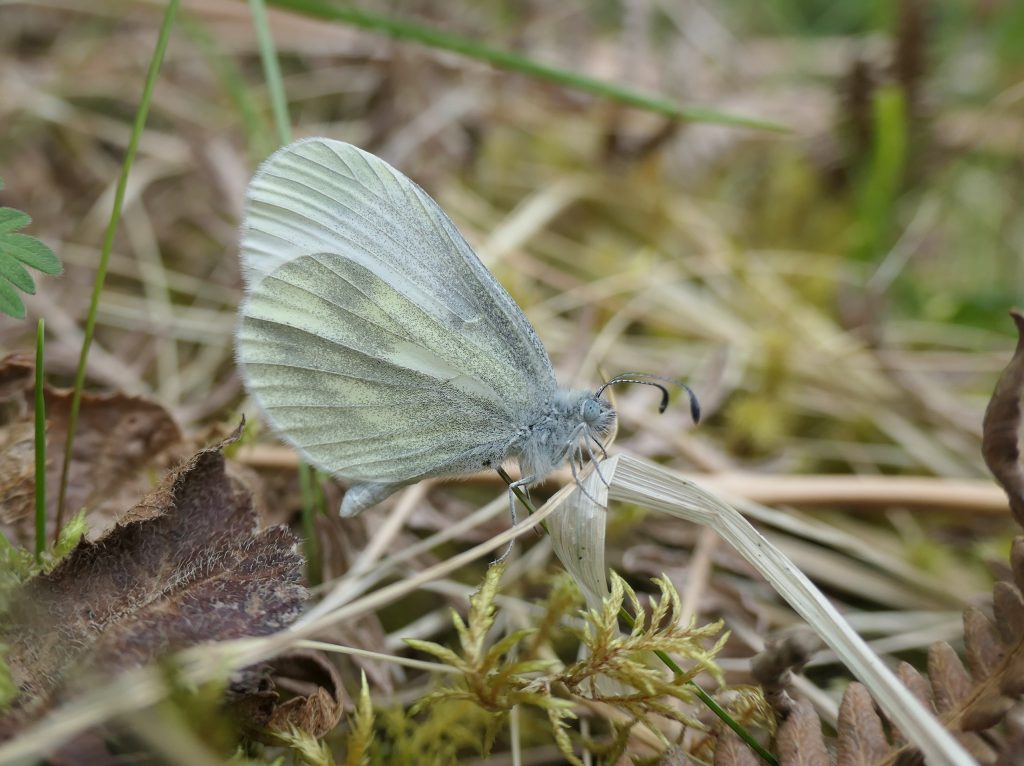
The group was so kind and appreciative it is a pity the weather did not allow us to see more, but Sunday delivered.
Sunday 19 May was sunny and warm with little wind. This event was also very well attended. We began by showing moths trapped the night before at Parknabinnia, near the roadside wedge tomb. This allowed us to see strictly nocturnal species. A Shears moth Hada plebeja was shown; this was a very well-marked example clearly illustrating the shear marking on the forewing. Muslin moths Diaphora mendica and White Ermines Spilosoma lubricipeda were shown. The Irish male Muslin moth is cream with scattered black spots while in Britain the males are grey or brown, and do not look like the same species. Other species were shown too, including a ‘May Bug’, the Common Cockchafer, a large, impressive beetle that is attracted to light. They are known in Britain as doodlebugs and because of their buzzing flight, they gave their name to the V1 rockets from the Second World War.
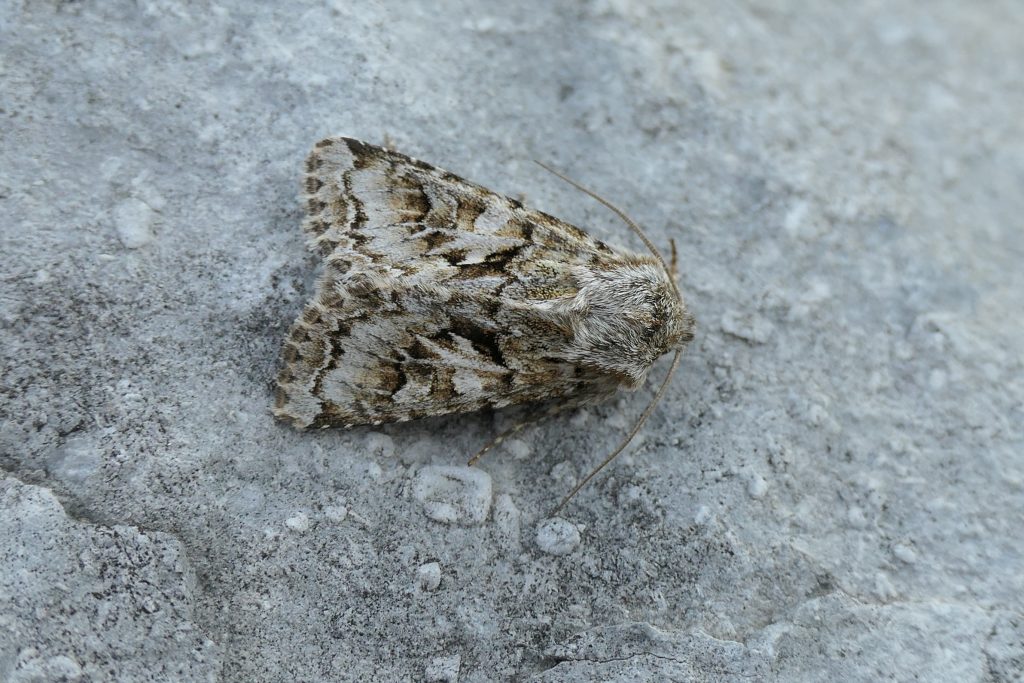
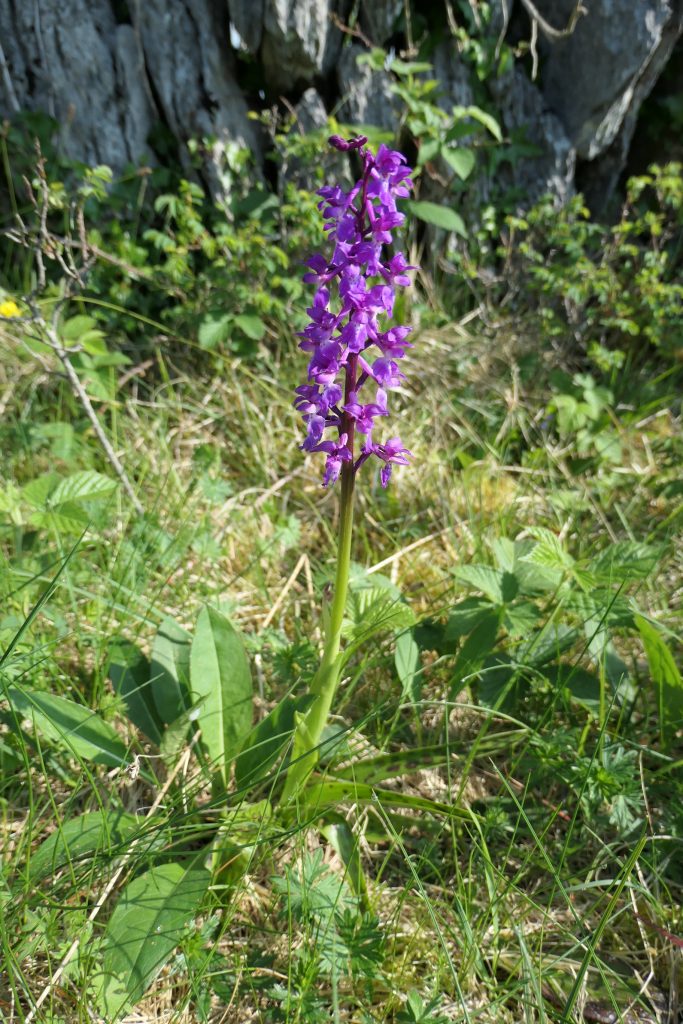
Clooncoose Valley is impressive, giving wonderful views of the landscape to the south, with cliffs, rugged hills, plains and wetlands, with limestone grassland, scrub, woodland, and bare limestone pavement encountered from the Green Road that makes the vistas accessible to walkers. This Green Road is bounded by classic Burren dry stone walls and in places by hazel scrub, sheltering this wildlife corridor from the wind.
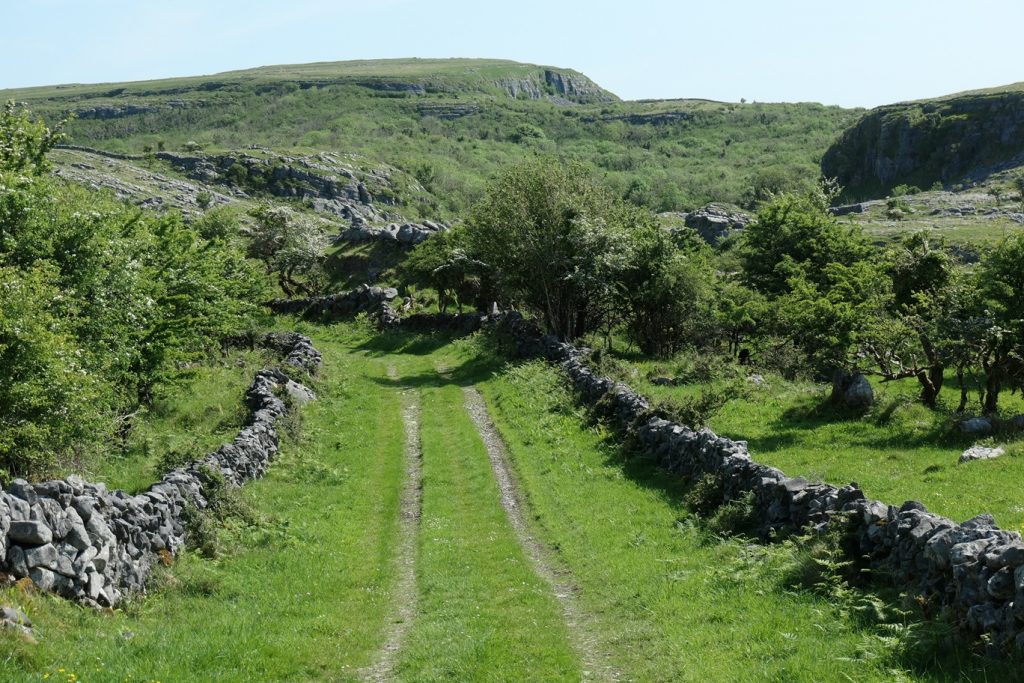
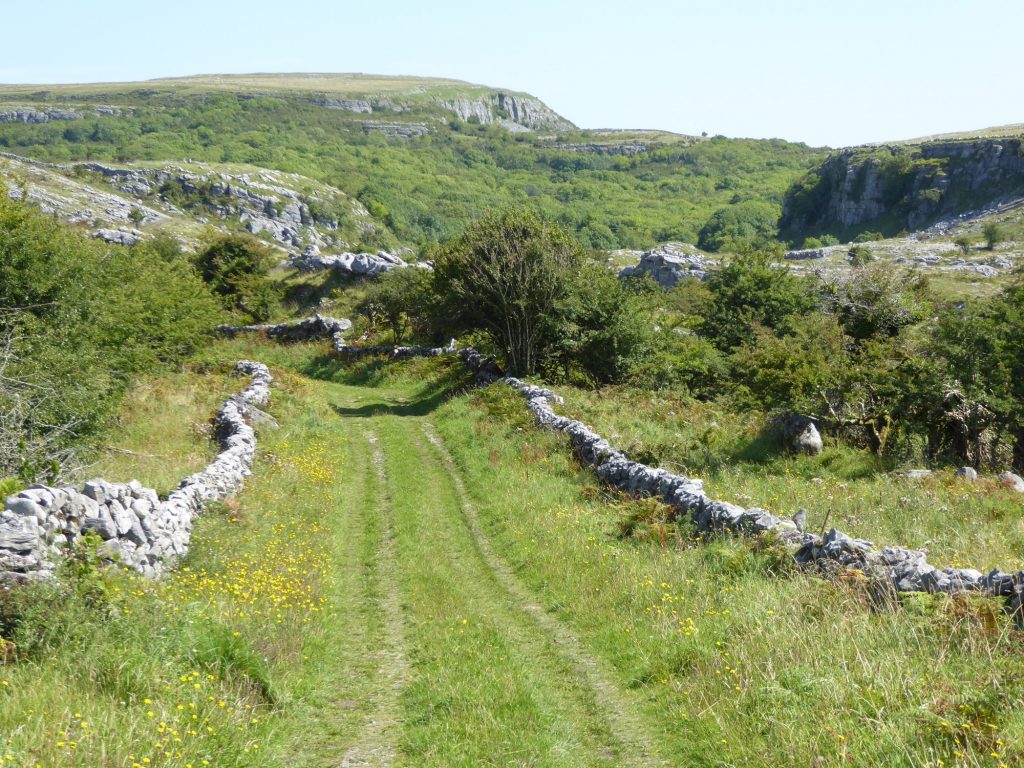
Butterflies, moths, dragonflies and other creatures use the Green Road to move through the landscape, to seek mates, food and shelter. The Green Road contains good feeding resources and breeding habitats in places, so butterflies linger here. We didn’t have long to wait before meeting Pearl-bordered Fritillary, Wood White and Dingy Skipper butterflies and several Hairy Dragonflies. These were netted, jarred and passed around so everyone got to see these lovely animals. Later, a Speckled Yellow moth, a beautiful day-flyer was caught and passed for admiration. A Small Heath butterfly was netted. He was freshly emerged, showing rich chestnut uppersides.
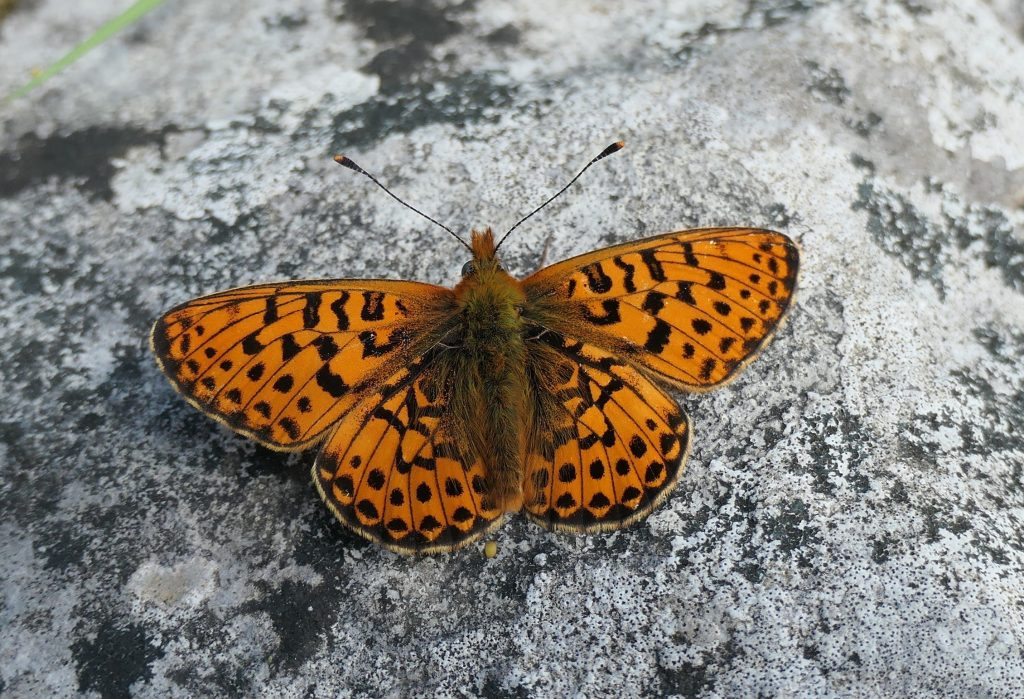
Our turning point was the cottage (the only building in the area) adjoining the marsh where Large White, Green-veined Whites, Orange-tips and damselflies were spotted. We also saw a freshly hatched Common Blue gleaming iridescently in the glorious sunshine. Indeed, it was a day of brightness, happiness, beauty and sunshine, and I hope that everyone went home happy. I know I did.
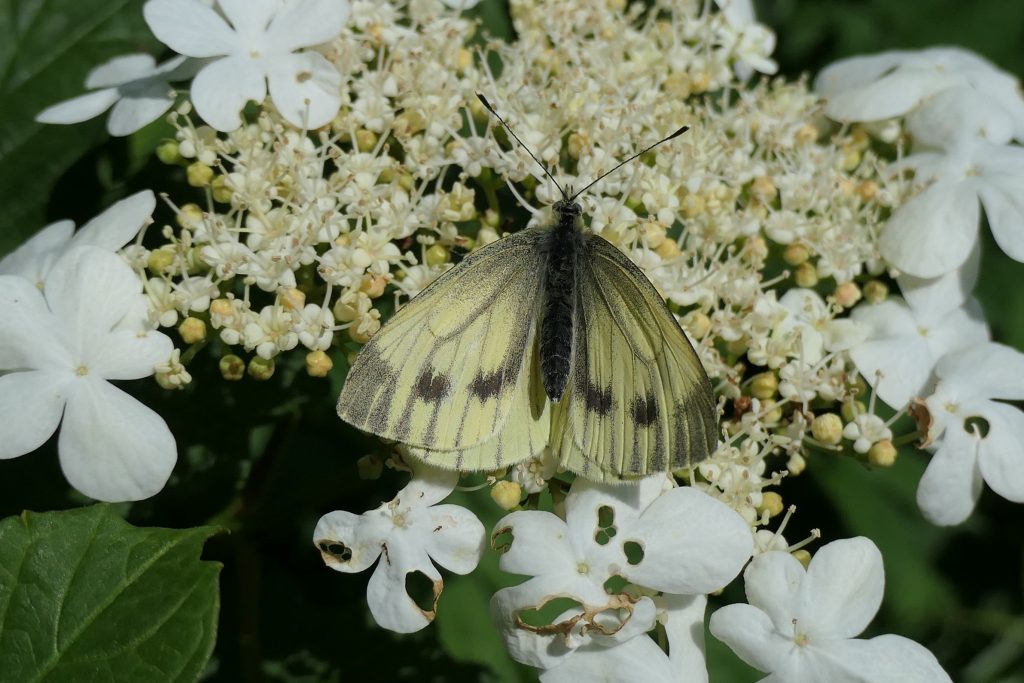
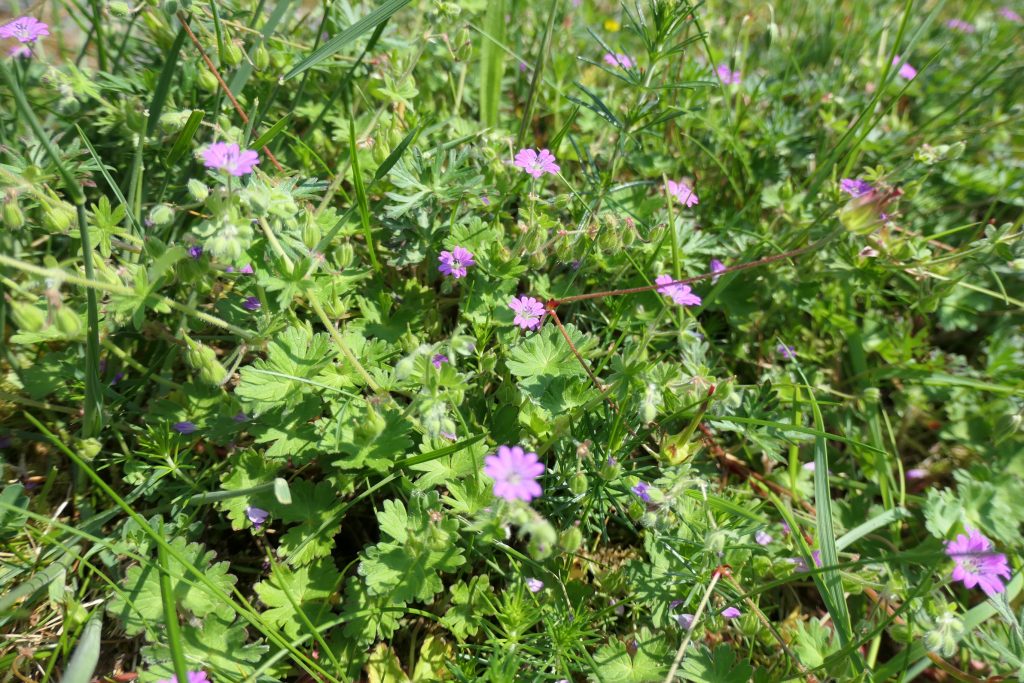
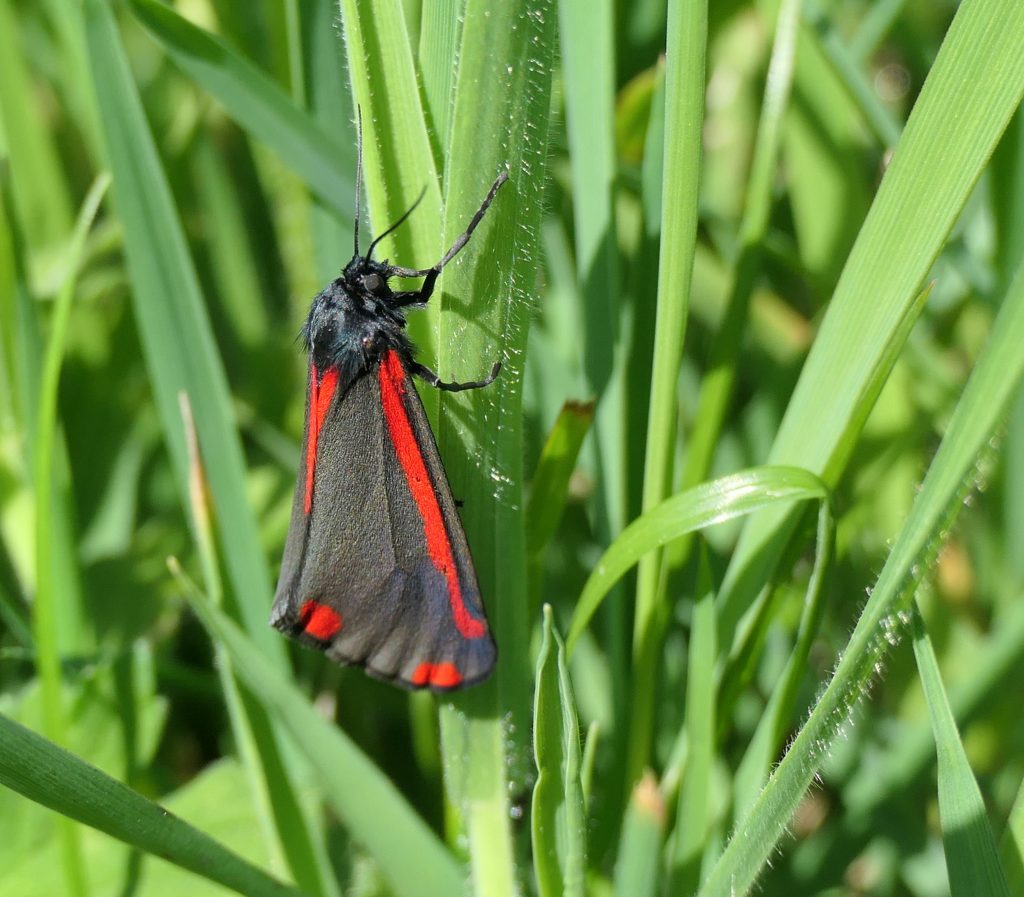
Thanks to everyone who attended and made the day special. Sharing beauty and observation enhances the aesthetic experience and the appreciation of the wonders of the Burren. Thanks to Burrenbeo which joined Butterfly Conservation Ireland to organise the weekend’s events.
